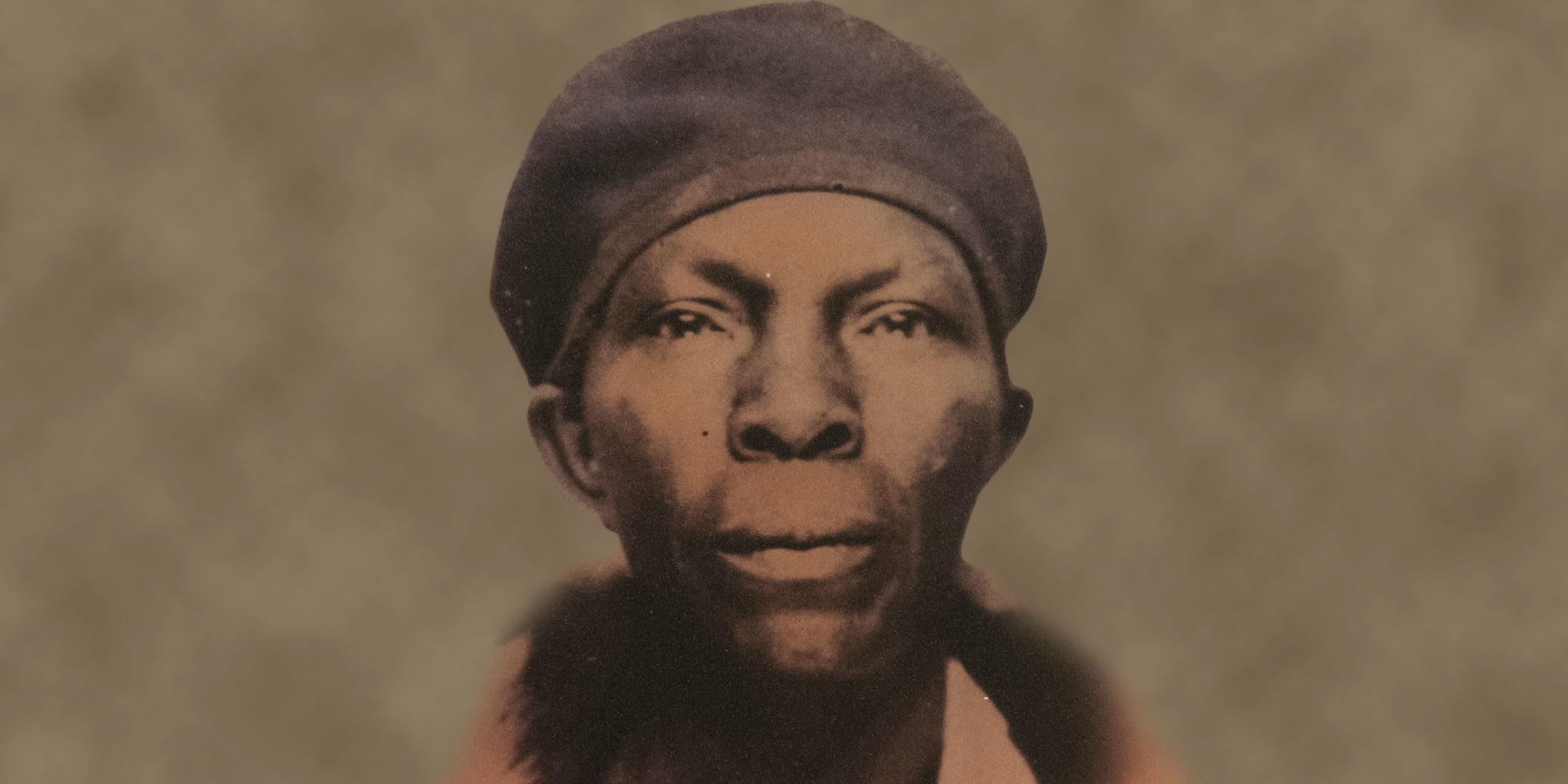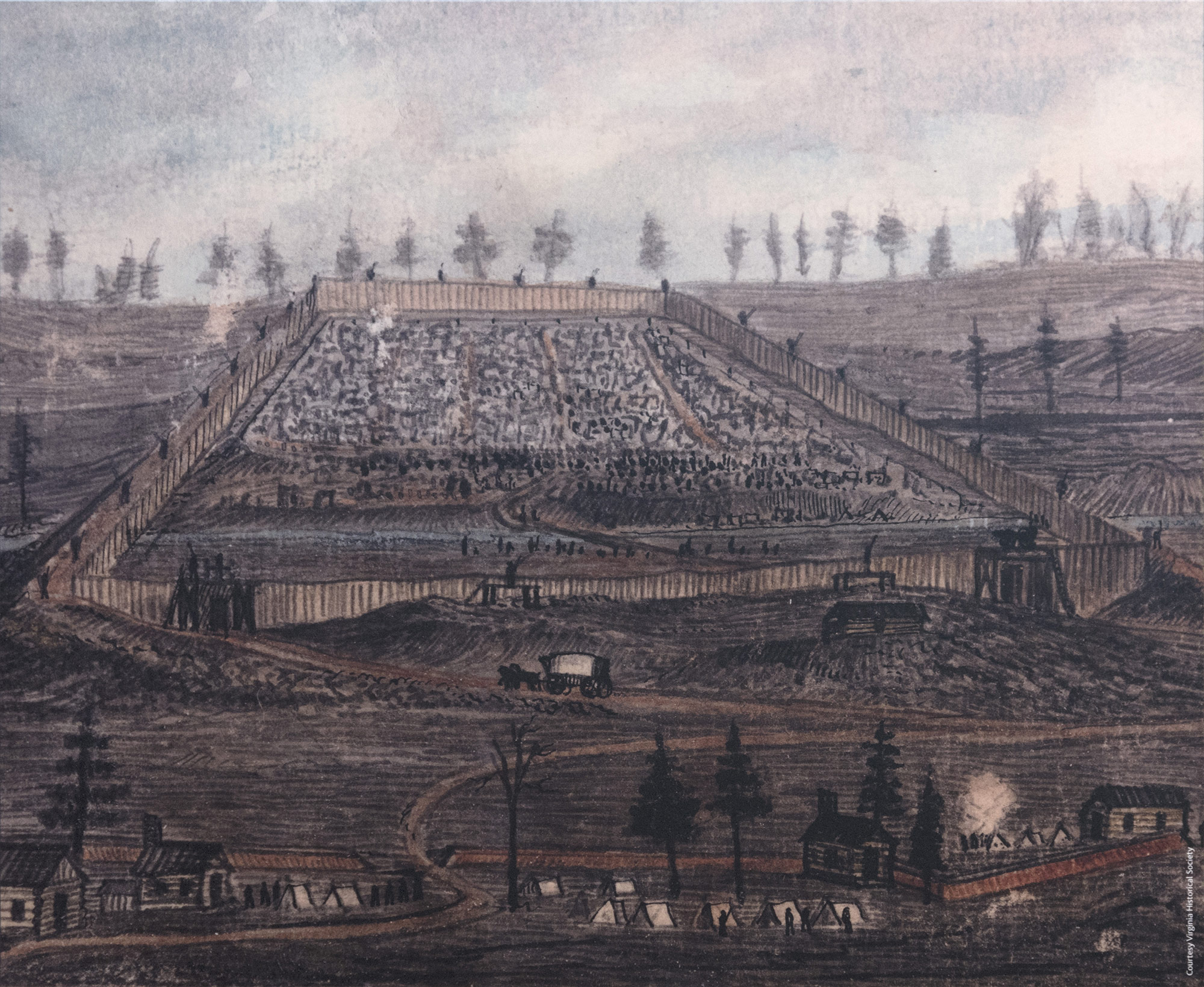The only woman known among the rice growers at Mars Bluff
Photograph after 1926 courtesy of Ida Zanders via Amelia Wallace Vernon
Climate and geography as well as constant influx of slaves from West Africa, made the Pee Dee region ideal for the mass cultivation of rice. Rice production expanded exponentially in the Pee Dee during the early 18th century. From 1700 to 1730, rice exported from South Carolina increased by over 2000 percent, making the Pee Dee the largest producer of rice in America at that time.
The economic dependence on river and rice culture was changed forever in the mid 19th century, as the emergence of the railroad and the invention of the cotton gin led to a new agricultural era in South Carolina. Though rice culture declined dramatically after the arrival of cotton, small pockets of subsistence cultivation continued along the upper Pee Dee until the early twentieth century.
In 1993, Florence author Amelia Wallace Vernon revealed a history of rice cultivation in Florence County among a community of former slaves and sharecroppers in her book, African Americans at Mars Bluff, South Carolina. The book documents the names of rice farmers, the location of their fields and their unique methods for threshing and harvesting.
One such method, handed down through generations of one Mars Bluff family, included the building of a loose scaffold to hold stalks of cut rice. A person standing beside the scaffold would flail the stalks until the rice grains fell through the scaffolding and onto a large sheet (see photo below). Further research revealed that a nearly identical method had traditionally been practiced in the West African country of Nigeria, suggesting that the method had come to Florence during the slave trade.
Of the 18 documented small-scale rice fields in Mars Bluff, only one belonged to a woman, Mrs. Fanny Jolly Ellison (pictured above). Ellison’s rice was grown at lowest part of a field at the center of what is now the campus of Francis Marion University. She continued to grow rice after moving from Mars Bluff to Florence in the 1920’s making her the last known rice grower in Florence.
Image courtesy of Amelia Wallace Vernon
Rice don’t count because they give that to you.”
At the height of the slave trade many West Africans grew small plots of rice for subsistence. Even today rice is still a staple in the diet of many Africans. However, slaves in Mars Bluff were rarely fed rice even though they were the ones who introduced the crop to the region. They were fed corn in the form of mush, grits or cornbread, as it was the landowners who desired the rice produced by slaves for their own consumption. Documentation exists from the mid 19th century that indicates that Mars Bluff landowners also sold rice in regional markets.
As Reconstruction ushered in an era of change, enslaved African Americans became freemen, and they continued to harvest and cultivate rice at Mars Bluff even though it was of little profit as a cash crop in the new South. When asked why the African American community at Mars Bluff continued to grow rice well into the early 20th century sharecropper and Mars Bluff resident Archie Waiters replied, “Rice don’t count because they (landowners) give that to you.” Waiters was implying that cultivating a small crop of rice was the one of the few crops African American tenant farmers could harvest as their own during the sharecropping era. In another interview conducted by Amelia Wallace Vernon, Waiters stated that the majority of the African American Mars Bluff rice growers didn’t eat the rice they grew. Waiters went on to say in Vernon’s interview that rice growers would often cook rice as a special meal for guests but throw the leftovers to the animals. “That’s why they stay so healthy. They don’t eat all that kind of greasy and heavy rations, too rich and stuff like that,” Waiters said in reference to Tom Brown another Mars Bluff rice grower who Waiters harvested rice with. Vernon suggests that perhaps the African American Mars Bluff residents like Tom Brown (1844 – 1920s) continued to grow rice as a source of pride because of the level of skill it took to successfully harvest the crop.










